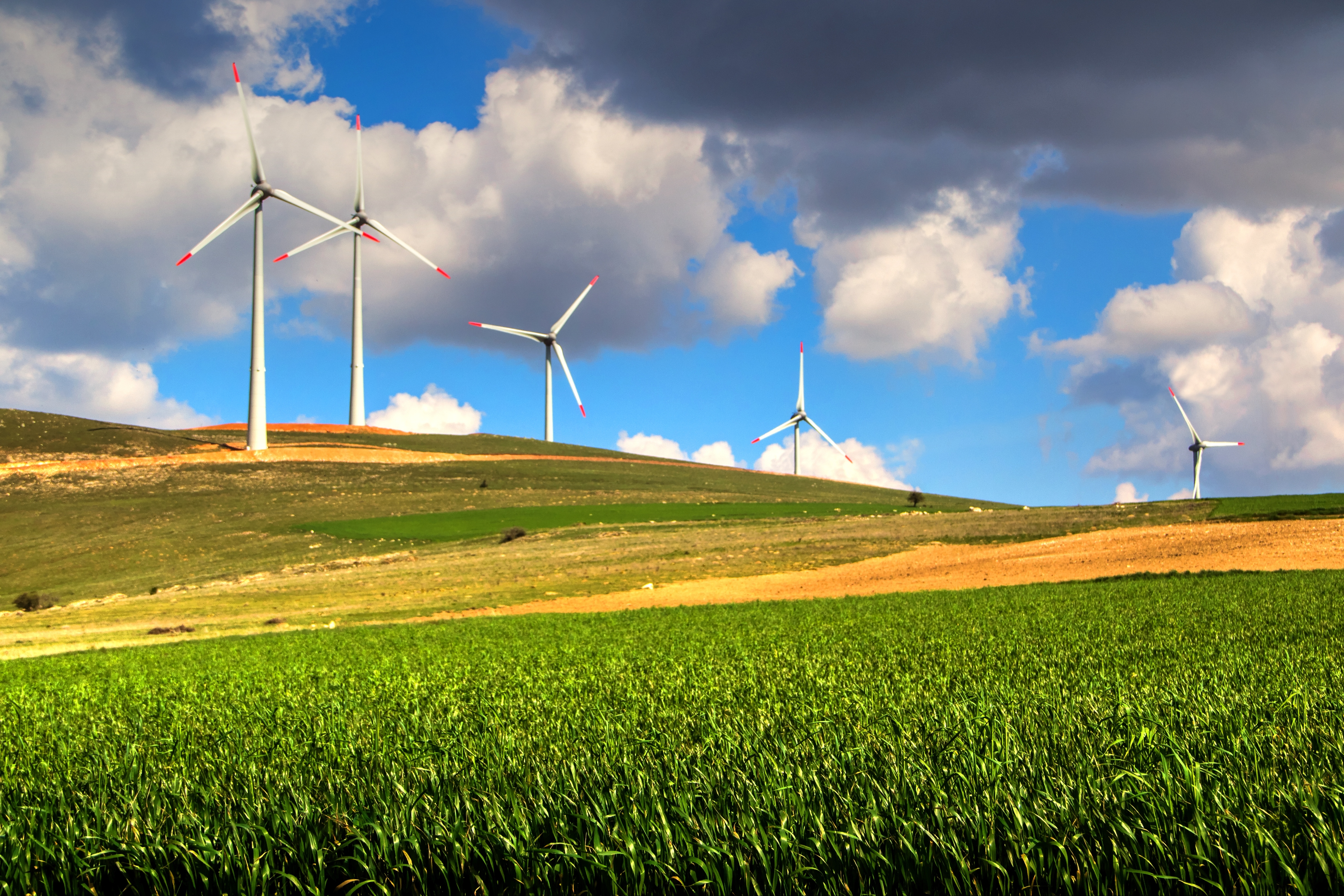
In recent years, the widespread implementation of wind farms has emerged as a pivotal strategy for advancing renewable energy production. Despite Italy's potential to become a leader in this field, progress has been impeded by challenges related to landscape preservation and public opinion. This project seeks to address these impediments by presenting a practical and environmentally conscious solution to mitigate the visual impact of wind turbines while simultaneously enhancing the biodiversity of the surrounding ecosystem.
The core of the idea is to exploit moss and lichen species to adorn the base of windmills with green and blue hues, tackling its landscape impact by harmonizing their appearance with the natural tones of soil and forest. Additionally, the introduction of this vegetation increases biodiversity by creating a vertical habitat that animals can use to improve and extend their trophic webs and nesting sites. Moreover, lichens and mosses can work as photosynthetic agents and, at the same time, provide useful information on the health of the surrounding environment, being really sensitive to its changes. This dual functionality aligns with the overarching goal of promoting sustainable practices in wind farm development.
To conclude, the project takes into account Poggi Alti wind farm as a user case, providing a thorough analysis that starts from the landscape and historic-artistic impact and ends with the biodiversity development potential of the windmill-centered ecosystem. By combining ecological, aesthetic, and historical perspectives, this study aims to provide a comprehensive understanding of the implications and benefits associated with the proposed approach.
